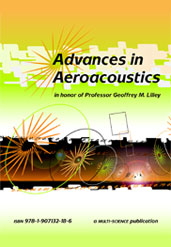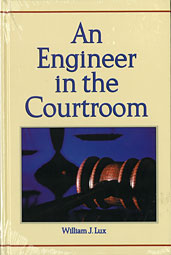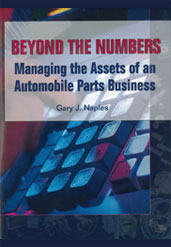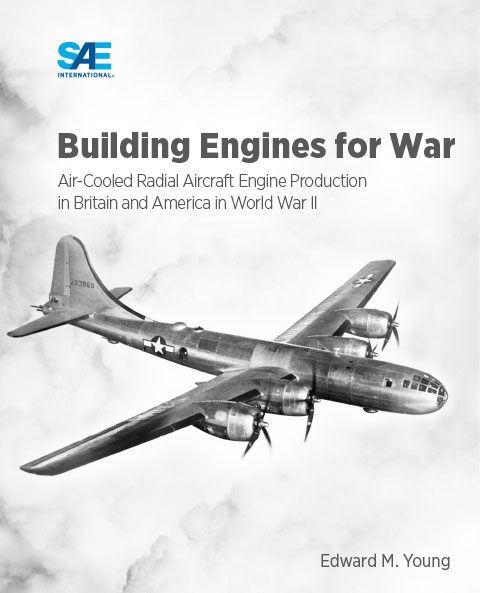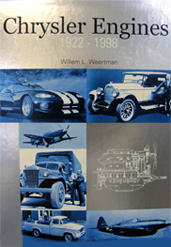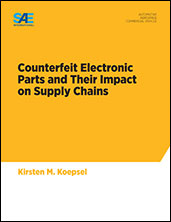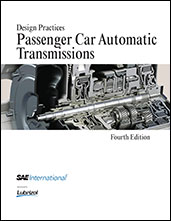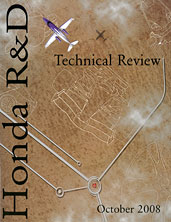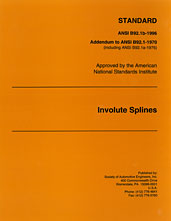Book
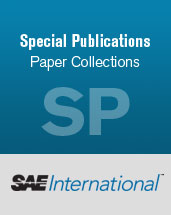
A Systems Approach to Engine Cooling Design
1999-11-15
This paper is divided into two parts: part 1 - systems engineering fundamentals and part 2 - engine cooling design from a systems engineering perspective. In part 1, we explain how the task of designing a complex system can be made easier by the application of systems engineering principles. (This part is self contained and may be of general interest to those who have no special interest in engine cooling). Systems engineering provides three key benefits: 1. It facilitates communication; requirements define the problem, they allow team members to see their own work in context, key information is standardized and made easier to visualize and verify, an "audit trail" is maintained ensuring that important information is documented, and human memory is no longer relied on for important decisions; 2.
